Life is exciting as ever here in Ulaanbaatar. Yesterday I visited the Mongolian National Public Television headquarters and met with the most famous producer in the country as well as the network’s senior engineer. The security was much tighter than at the other stations I have visited – it appears that some communist bureaucracy still persists. The security guard who let us in had at least seven gold medals dangling from his uniform, and one of them was for serving in the war in Bosnia. After going through a series of clearances, we were allowed to schedule a meeting and enter the building. It turns out that a new television law was passed in Mongolia in 2005 that mandated the national broadcaster to operate in the public interest and the officer of foreign relations gave me a copy of this new law in English, which is very helpful. With the producer and engineer we discussed the history of television in Mongolia and the technical arrangement of the network across the country. I also learned that the Mongolian telecom authority is responsible for the distribution of the signal and will meet with them later in the week and also visit the Orbit satellite ground station if we can get clearance.
One interesting thing I learned is that electronic and metal salvaging is such a business here that some people have cut off parts of national telecom lines just to get the copper and other metals in the wire and salvage it, whether selling it here in or in China. This resulted in some cases in a loss of internet access for a few days. People have also removed the tops of the sewer holes just to sell the metal, and sometimes have gone down into the sewers to cut cables and salvage them. Apparently, this is often done by the same men who installed them days earlier.
I had time to walk around the city yesterday and I took lots of photos of public wireless phone workers, some of whom were old people wearing traditional Mongolian deels, and others were young school children. Since this work requires little training, people from different demographics are able to perform the work. They charge 100 torigs per minute, which is about $.10 USD. I also photographed lots of photos of Internet cafes and mobile phone signage posted around the city. These new information industries have become very important here and many people are now working in this sector. These businesses have expanded a lot in the three years since my last visit.
Zaya also arranged for me to visit a cashmere factory called Goyo yesterday, which was utterly fascinating. I met the senior quality control manager and she explained the entire production process to me and gave a tour in French, which I understood pretty well. We went from seeing raw cashmere tumbling into large bins to seeing women packaging sweaters. In between we saw the washing, pressing and steaming of the cashmere, dying of it into various colors, spinning of it onto spools, and even went into an area where hundreds of women were using machines to knit sweaters, scarves, shawls. I wasn’t allowed to take photos inside the factory. You’ll have to take my word for it when I say it was amazing.
In the evening, Zaya had a soccer match so I went along and watched. They played on a dirt field in the center of the city. Right near by, some people turned a dirt patch into a tennis court so I watched them too for a while. They were very good! At the end of the day, I was exhausted since I was out doing work and other activities for about 12 hours.
Wednesday, June 6, 2007
Subscribe to:
Post Comments (Atom)

Around the Antenna Tree: The Politics of Infrastructural Visibility
New Book

This book has just been published. An expanded version of my essay "Obscure Objects of Media Studies" is in it

Goodbye Rabbit Ears: Thoughts about the Digital TV Transition
Transmediale Opening - Roaming


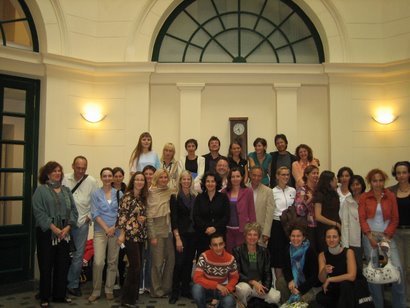
Participants in CEU Seminar
Naran Satellite Station, Mongolia
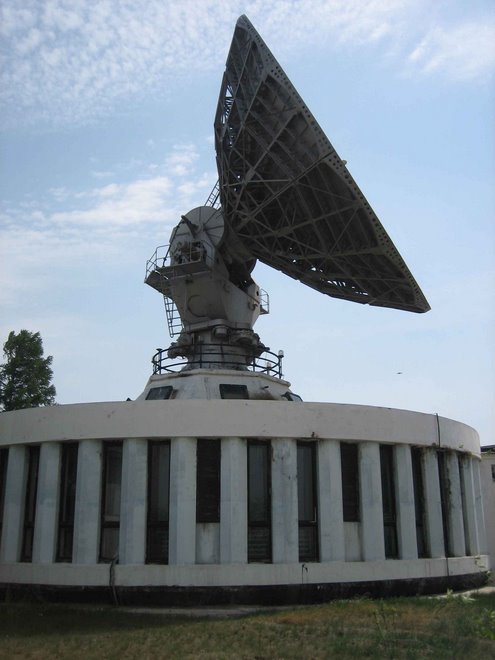
Intersputnik dish

Former herder now a white phone worker
Inside Choijin Lama Temple
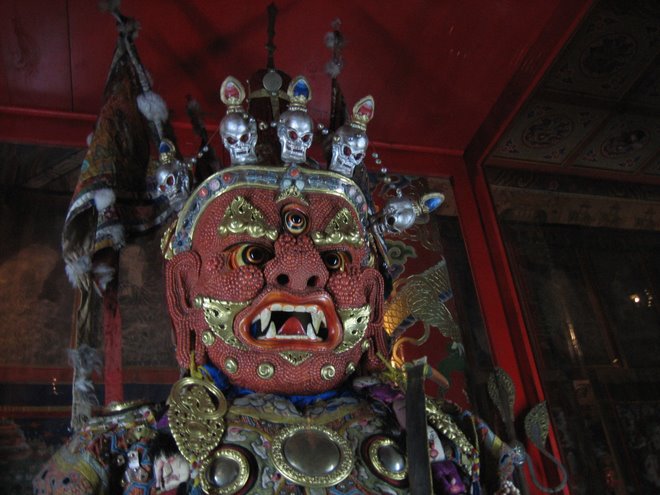
Naran's Grandma and the rug she made
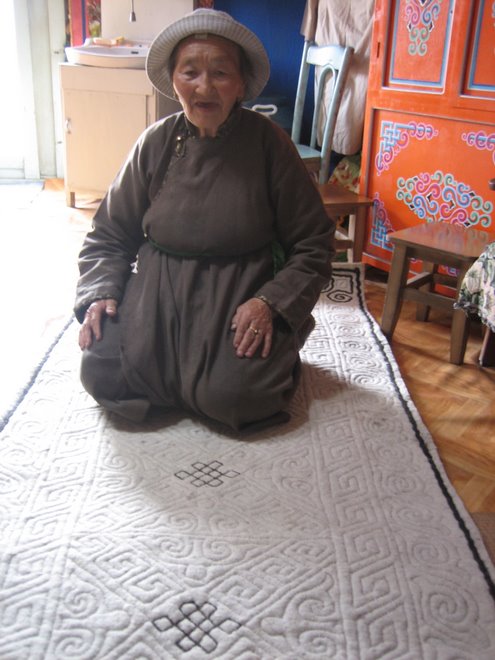
Satellite Dishes and Solar Panels for Sale at Black Market in Ulaanbatar
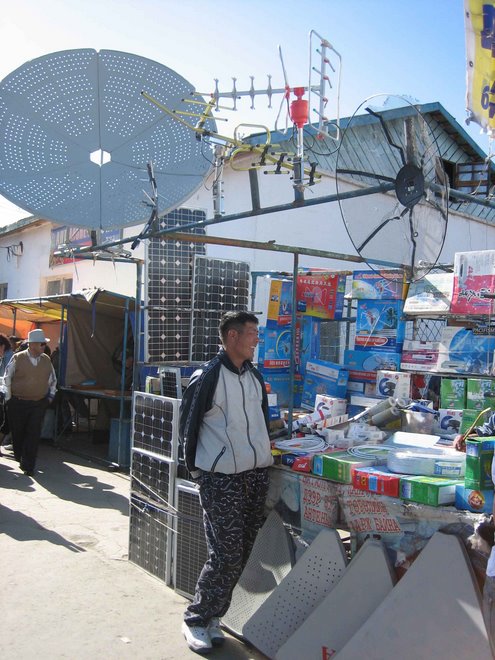

Ponjee and his Nokia phone

walking phone = yavdag utas

Wireless Phone Workers
Wireless Phone Worker
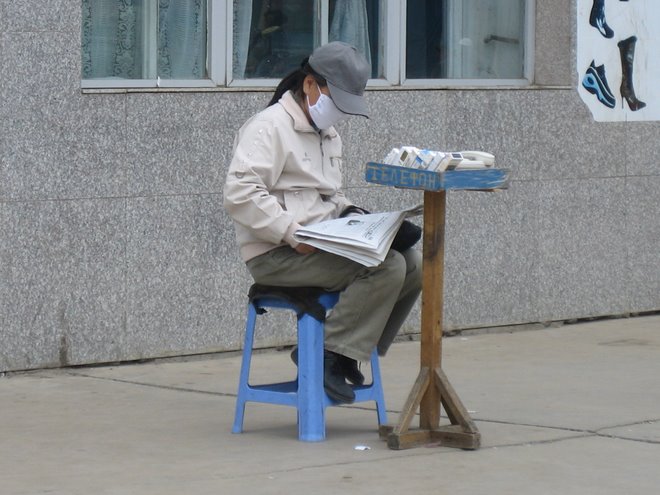

Satellite Dish and Tool Seller at Black Market




1 comment:
wow lisa...thanks for creating this blog so we can read about what you are doing....can't wait to hear more
Post a Comment